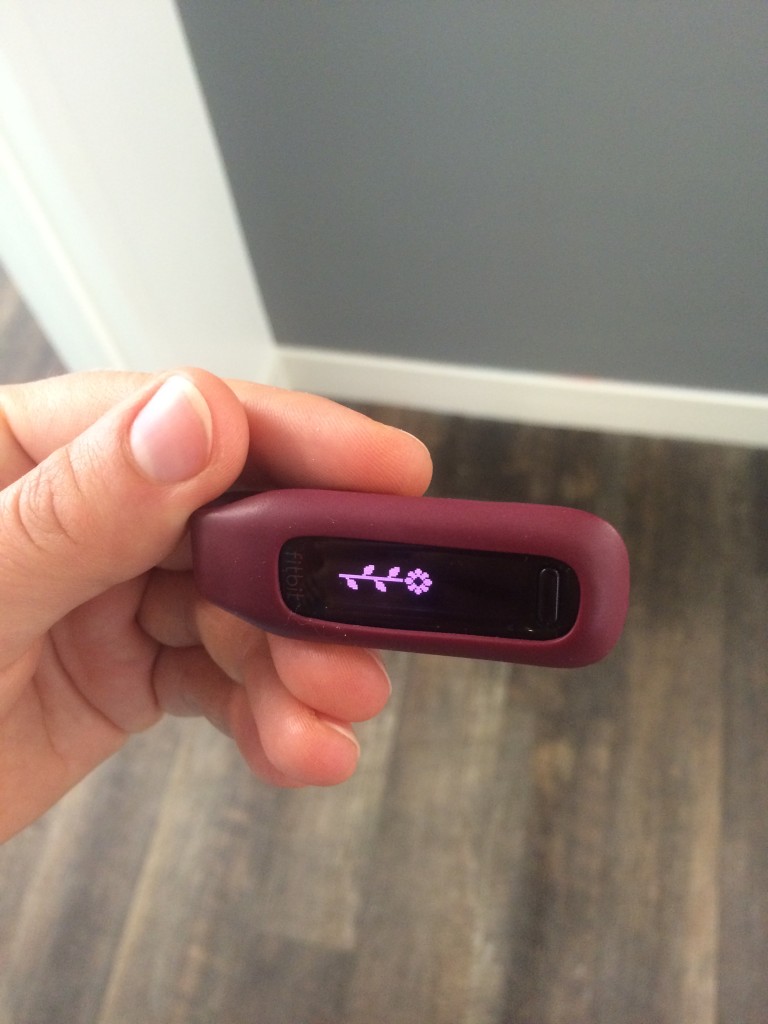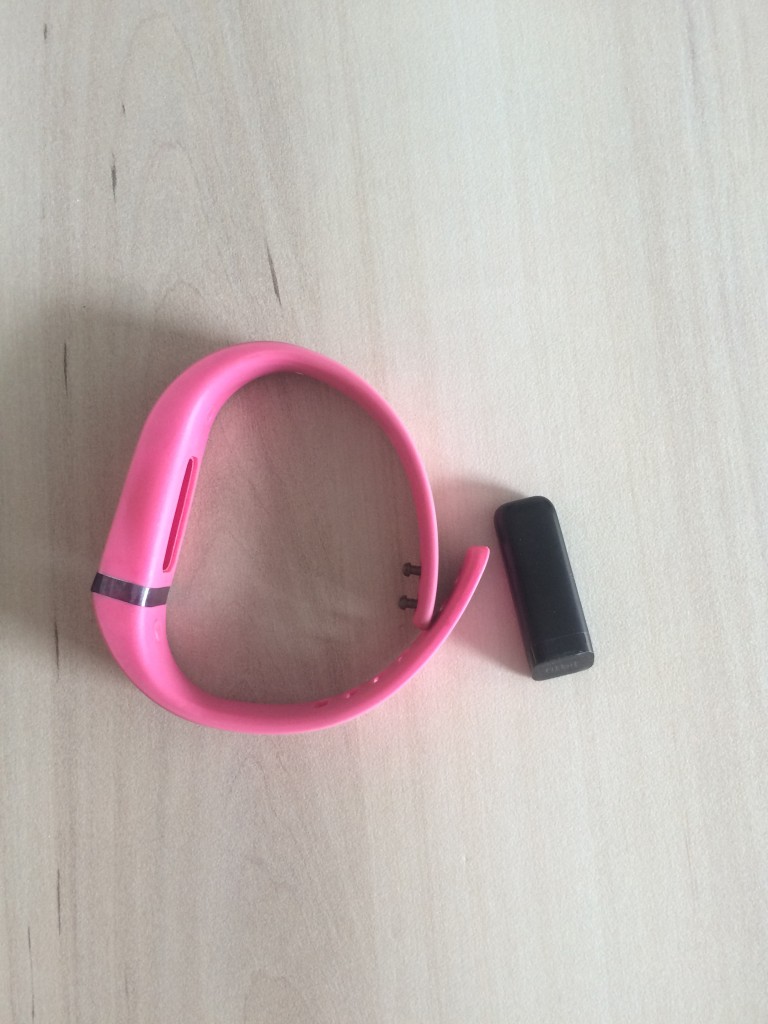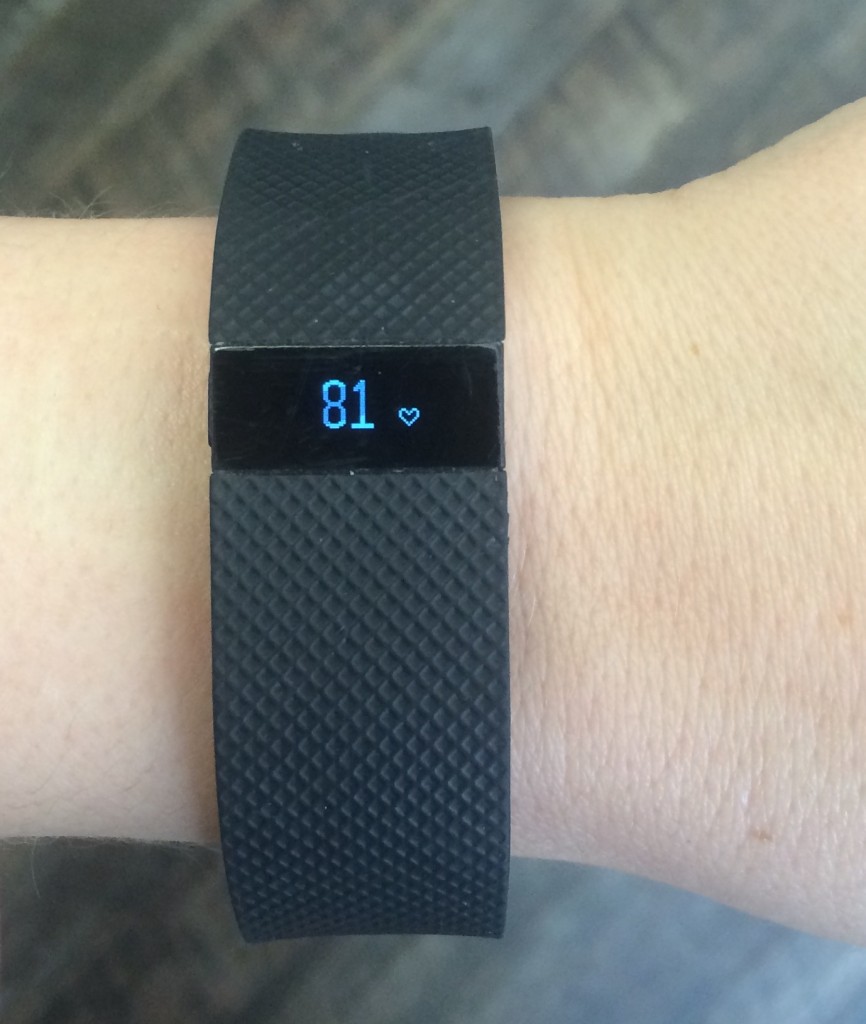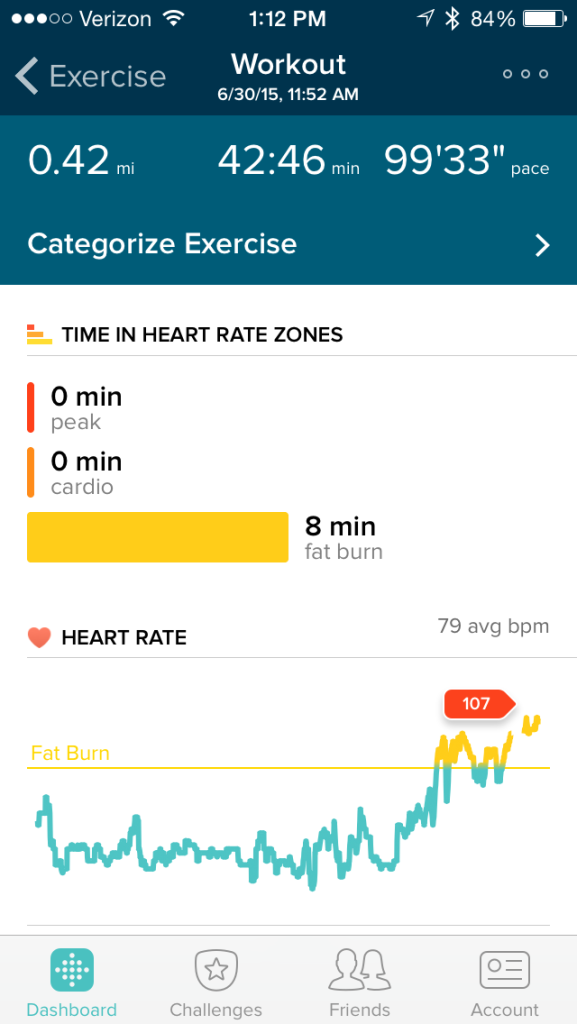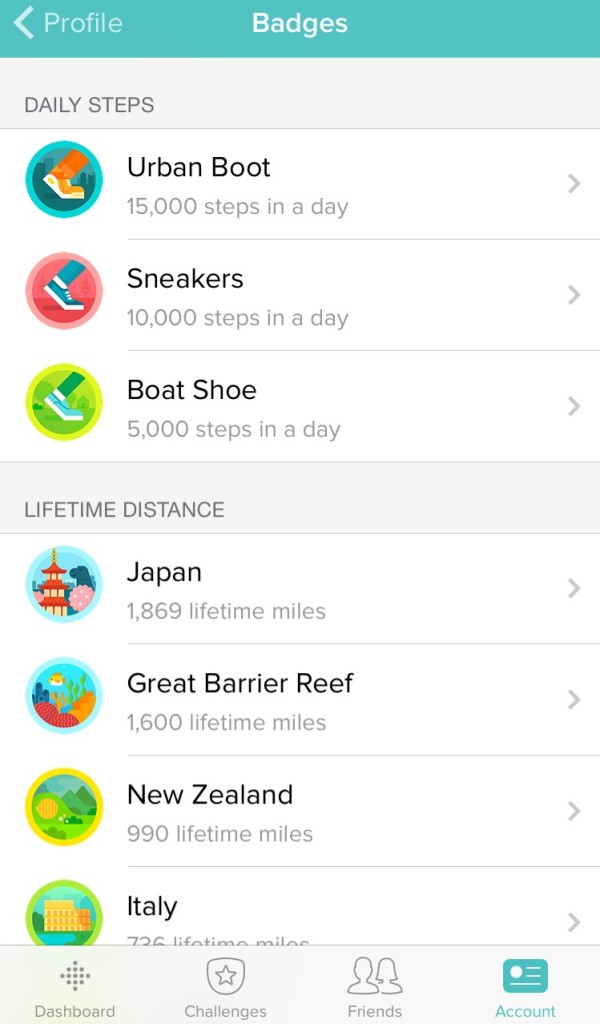In my introductory post for We Wear It, I said that part of our goal for the 99 days is to help people learn about the wide variety of wearable devices that are available, their various capabilities, how they work for different lifestyles, and how all of this health and fitness data fits into the policy picture. In other words, it’s more than just steps.
This week, let’s talk about the wearable with which most people are familiar: Fitbit.
Wearables: Fitbit One, Fitbit Flex, Fitbit Charge HR
Who’s Wearing It: Kimberly, Melissa, Sara, Whitley
What It Does: Activity tracking (steps, active minutes), calorie burn estimates, sleep tracking, alarms, heart rate (Charge HR), floors climbed (Charge HR and One), plus exercise logs, food and water tracking, and social sharing including pre-loaded challenges in the app.
Fitbit is probably the best-known fitness and activity wearables company, and we’re trying several of their products for the try-on-athon.
The One is the original. A small device that clips to your clothing, it tracks steps, distance, floors climbed, active minutes, and sleep. You can get a step update at-a-glance, or have the time displayed.
The Fitbit Flex is worn in a band on your wrist and tracks steps, distance, active minutes, and sleep. The sensor can be popped out of the wristband and put into a variety of accessories as well. With the Flex, you can set a main daily goal for steps, distance, or calories burned, and a quick tap shows progress toward that goal for the day.
The Charge HR is also worn on the wrist and tracks steps, distance, floors climbed, active minutes, heart rate, and sleep. The device can show a display of continuous heart rate or time, and do phone call notifications.
And the devices do more through the app. The Charge HR will show workout tracking, run stats, and route reviews.
All of the devices allow you to find friends and family who use Fitbit and engage in challenges (most steps for a day, the workweek, the weekend, or just a friendly competition to hit your personal step goal. There are badges you can earn for reaching different step counts, and for lifetime miles (I just got the Japan badge for 1,869 lifetime miles—the equivalent of walking the full length of Japan).
Accomplishments are all easily sharable to social media, too. (Studies have shown that people who share information about their activity and fitness are more prone to staying on track toward goals. The App Association staff members participating in We Wear It are proof! The accountability of weekly challenges and competitions is helping those who have personal goals for the summer.)
The app also has a food log and displays calories eaten versus burned, and the ability to log exercise not automatically tracked by the device, like a spin class, yoga, or other workouts.
Those calories burned and active minutes are added to your total for the day. Combined with sleep tracking (time asleep and sleep quality—time awake, restless, and asleep) Fitbit users get a pretty comprehensive picture of daily activity.

